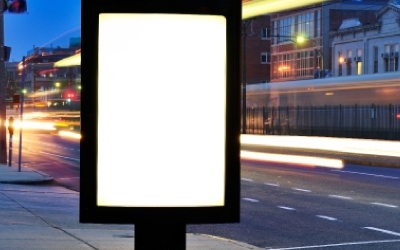Now You See It: Child Abuse Ad Only Visible to Kids
Nothing can harm family wellness quite like child abuse, as it not only impacts the child but, often, future generations. Statistics show that 70% of children whose wellbeing is affected by abuse will grow up into adults who will, in turn, abuse children. Mexican organization Save the Children shared this wellness fact in single photographs that are both creative and difficult to stomach, as part of their recent awareness ad campaign.
Mexican agency Y&R and photographer Ale Burset created the photographs, each one using five models to show one individual at different stages of life. While the individual experiences abuse as a child in the foreground, older versions of the abused child grow up as they walk across the background of the frame, and turn into the original abuser by the time they walk a full circle.
A campaign recently released by Spanish organisation the ANAR Foundation (Aid to Children and Adolescents at Risk) makes similarly powerful use of photography, but with a difference. The ANAR Foundation has taken advantage of the process of lenticular printing, so that abused children can see an offer of help which isn’t visible to the abusers, even if they’re walking together.
So what is so amazing about lenticular printing? This process enables different photos to be seen depending on the angle the image is viewed from, and so ANAR produced an outdoor poster using lenticular printing because an adult will see a completely different image than a child will. If you were to view the poster from your normal, adult height, you would read the message “sometimes, child abuse is only visible to the child suffering it.” The poster also includes an image of a boy with a sad expression, but that’s all you can see.
However, if your child, or someone who is the average height of a 10-year-old, was to view the poster, the boy in the picture becomes bruised. Children can also see the message “if somebody hurts you, phone us and we’ll help you”, as well as the foundation’s help line number. Therefore, adults get an awareness message, but children get an offer for help that any potential abuser they’re with cannot see.


Comments are closed.